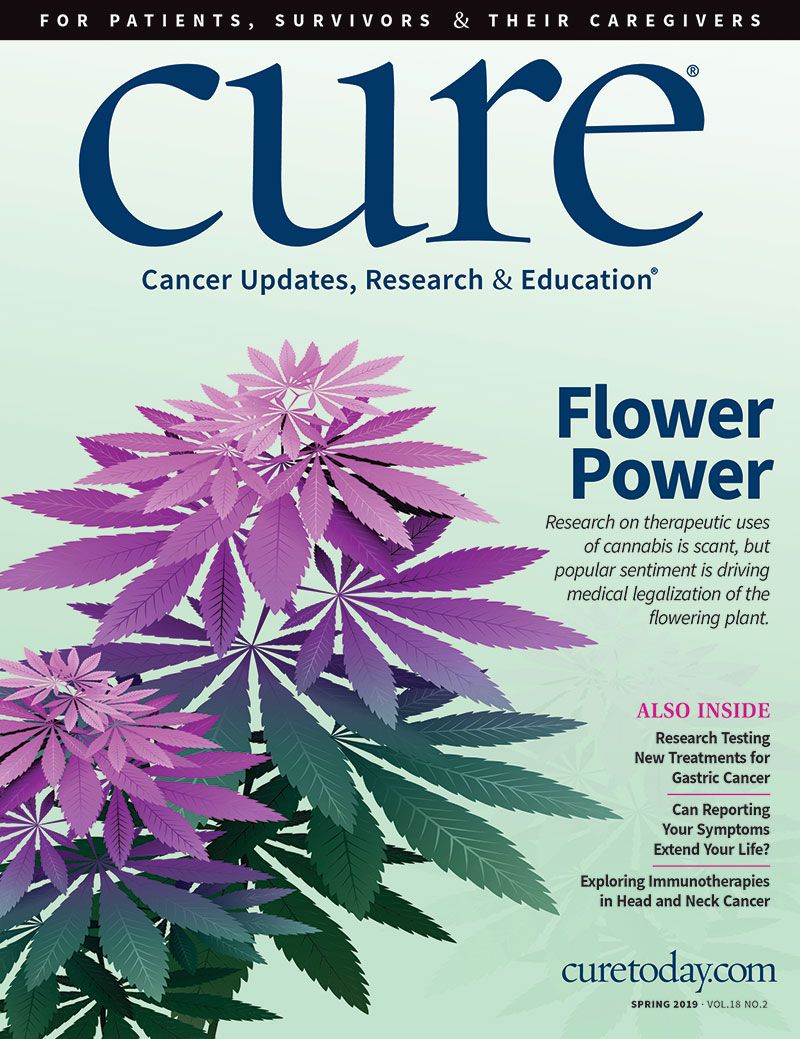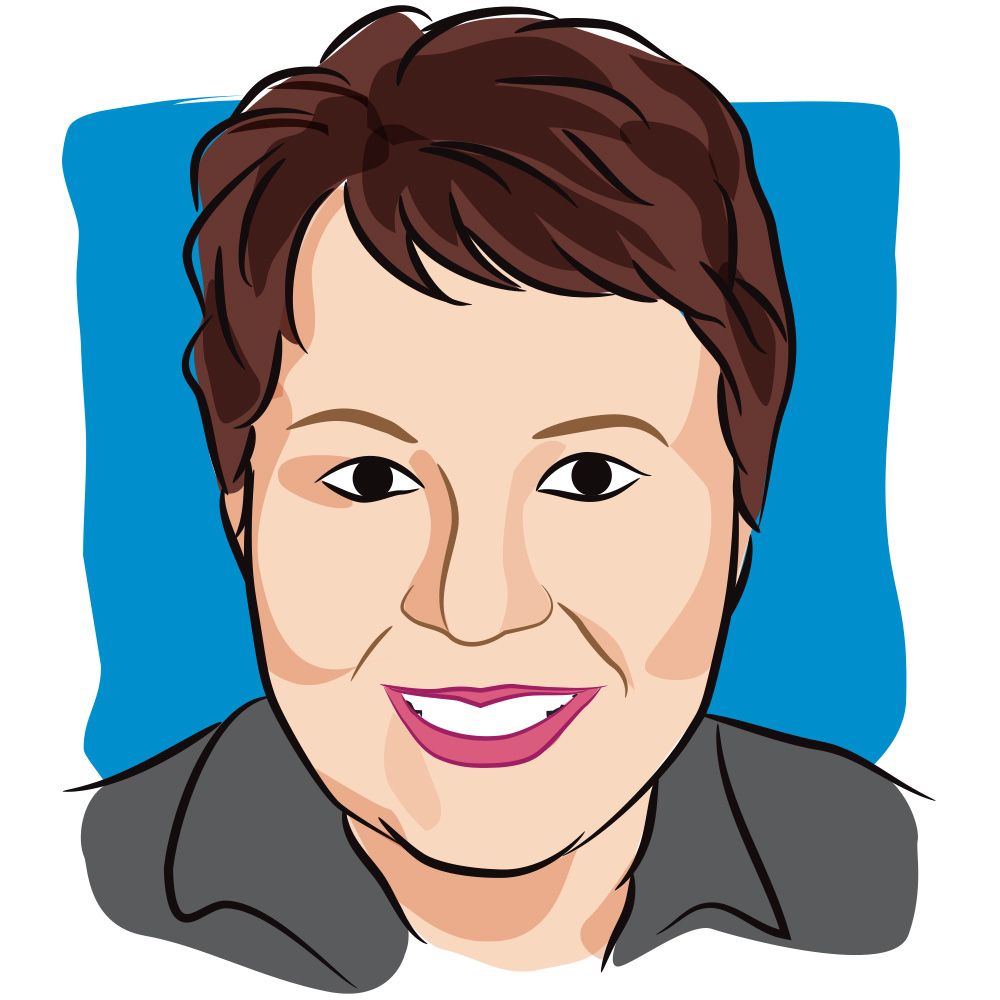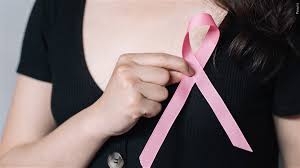Publication
Article
CURE
Making Lemonade: When Life Hands You a BRCA Misdiagnosis
Author(s):
Living with the challenges of having a BRCA1 gene mutation, a woman faces a different struggle when she discovers that diagnosis was wrong.
When life gives you lemons, make lemonade. I like this proverbial saying. It’s optimistic, it’s empowering and, most importantly, it’s incredibly hopeful. It reminds us that we aren’t just spectators in our own lives or victims of happenstance. We are in control — well, as much as we can be — of our futures. And, maybe, just maybe, more good lies ahead in our lives than bad.
When I was 21, I was handed two lemons. I take that back. I was told that my lemons were just that — lemons. They would likely go sour, and at a very young age. I had a 55 to 85 percent lifetime risk of developing breast cancer. Sadly, I had inherited the BRCA1 gene mutation.
This wasn’t surprising to me. I had seen my mom fight stage 2 breast cancer in her early 30s. I remember the day her hair began to fall out as she brushed it in her bathroom. My family history of breast and ovarian cancer was long and fatal. I knew that my great-great-great grandparents, Joseph and Agnes Trunt, likely brought the BRCA1 gene mutation with them on the boat from Poland in 1863. Sadly, Agnes died of a farm­ing accident while pregnant with her 14th child about 1890. However, her daughter Sophia, my great-great grandmother, passed away in 1930 at the age of 49 from what is believed to be ovarian cancer. Sophia had one daughter, Grace, who died from ovarian cancer at the age of 65. Grace’s daughter, Elda, my grandmother, passed away from ovarian cancer at the age of 44. Of Grace’s 10 children, two carried a BRCA mutation and five are assumed to have carried it, based on their diagnosis at a young age, cancer type and the presence of the mutation in their children. Five of those seven were women. None of the women lived to see their 50th birthdays.
The women included here are just those in my direct lin­eage. The list does not include my countless other family members who also died from cancers, primarily breast and ovarian. My family has one of the most significant histories of hereditary breast cancer in the United States, dating to the 1800s. Because of this history, we participated in a research study in the early 1990s. The researchers worked to prove that breast and ovarian cancers were genetic, and studying many large families affected with breast and ovarian cancer helped lead to the identification of the BRCA1 gene mutation in 1994.
My siblings and I were children when the initial research was conducted, and we were not allowed to receive our genetic results until we were legal adults. Kathryn, the oldest, found out when she was 21 that she was BRCA1-negative, meaning she had not inherited the BRCA1 gene mutation. My brother, Paul, found out in his early 20s that he was BRCA1-positive. That meant he faced an increased risk of developing breast cancer, prostate cancer, pancreatic cancer and melanoma, and that, when he later became the father of two daughters, he could pass the mutation on to them. My other sister, Bridget, found out when she was 21 that she, too, was positive. Researchers say the chance of passing the gene to your children is 50/50. With two of my three siblings positive for the mutation, I would have expected to test negative. But, alas, I didn’t. I met with the genet­ic researcher who had conducted this study and who was highly regarded for his work in genetics. After a lengthy conversation, he told me I had tested positive for the BRCA1 mutation. It was like getting hit by a ton of bricks. My parents, siblings and I cried when we heard this. I asked him if there was any chance the test was inaccurate. He told me there wasn’t.
I made the life-changing, body-altering, irreversible decision to have a double, prophylactic mastectomy at the age of 23. I took the lemons life had given me and I cut them off. I made myself some lemonade. As a result, I felt optimistic, empow­ered and, most of all, hopeful. Although it wasn’t an easy deci­sion, it was a necessary one for me. I was determined to not let my BRCA1 gene mutation disrupt my life, other than a little generalized anxiety and major cancer phobia. I got married and had three beautiful children. To this day, despite all that has happened since that surgery, I don’t regret my decision to have a prophylactic mastectomy.
In addition to breast cancer, BRCA1 gives women a 55 percent risk of developing ovarian cancer, the silent killer. So, I decided I would cut out those little lemons, too. It was time for my ovaries and their friends, my fallopian tubes and uterus, to go. This surgery, a hysterectomy plus bilateral salpingo-oophorec­tomy, is not easy. Although the surgery is less visible and com­plex than a mastectomy, the effects are often significant.
My sister, Bridget, had recently undergone this surgery. According to her, “the sudden loss of hormones left me bio­logically unrecognizable. Losing my hormones left me unable to sleep, sad, achy, fatigued, irritable, depressed, forgetful and anxious.” This was not something I looked forward to. I knew hormone replacement could help, but it wasn’t a cure. More importantly, this surgery meant the end of my childbearing years. I was 32. Was I ready to be done having children? The recommended age for this surgery was 35, but my risk increased with each year. So, I decided to at least start the conversation with a gynecologic oncologist.
Thankfully, the institution where my gynecologic oncologist practiced recom­mended that I get re-tested. My insur­ance provider needed to see genetic test results that showed I was positive. They would likely not accept the results from the research study. So, I met with my genetic counselor and took a test I knew I would fail. Or, so I thought.
Four weeks later, I received a call that changed my life more than finding out I was BRCA1-positive. My genetic counselor said, “You’re negative.” I dropped the phone and cried for what felt like hours.
After getting the phone call from my genetic counselor, I instinctively called my sisters. They were my support system, my rock. We had endured our risk of hereditary breast cancer and much, much more together — so much so that we wrote a book about our experience with hereditary cancer and other women’s health issues. BRCA1 was our cross to bear together. We were a club — a club I would not choose to be part of, but a club nonetheless. I have stood in locked arms with my siblings and parents since I first found out I was positive. We fought this fight together. And I needed them more than ever. They hugged me as I cried, answered my countless phone calls and promised me everything would be OK.
Initially, I felt guilty for not feeling relief or excitement. I wanted to feel grateful, but was I? I was grateful when l knew I was BRCA1-positive because, as my mom always says, knowl­edge is power. But I wasn’t BRCA1-positive anymore. I was grateful that my mastectomy had gone well. I was grateful my baby girl wouldn’t inherit this gene. However, I wasn’t grateful that I didn’t get to breastfeed my babies. I have felt my babies kick inside of me and the indescribable pain of a contraction. But I will never feel myself nourishing my babies. My inaccu­rate test results took that away. For that, I am very, very sad.
Receiving my BRCA1-negative test result was more surprising and conflicting than finding out I was positive. The news left me depressed, anxious, confused and angry. I desperately wanted to curl up in a ball in bed and cry. But I had a full-time job and three small children to care for. Moreover, I needed to know how I could have gotten a falsely positive finding, something so rare it was almost unheard of.
Why did this happen? How did this happen? Could I really be BRCA1-negative? Was it a research error? Was it a reporting error? Was the second genetic test wrong? Can I trust genetic testing? Whom can I trust?
And so, the journey for those answers began, one unan­swered email at a time. Unanswered emails turned into unanswered phone calls. It wasn’t until four long months later that the university where the research was conducted provided the closure I needed. The university had offered to pay for additional testing that showed there was not likely a sample mix-up. I took two more commercial genetic tests that verified that the mutation was not detectable in new blood samples. I was, indeed, negative for the BRCA1 gene mutation.
Eventually, I found peace with being BRCA1-negative. I was able to feel the relief I had longed for upon learning my new status. My daughter would not have to face this mutation, and for that I was thankful. I would not have to endure the challenges that come with a complete hysterectomy at a very young age. I could finally feel the weight of a burden I have carried for far too long being lifted. More than anything, I felt optimistic, empowered and very hopeful about the future.
Many questions remain unanswered. The university contin­ues its investigation and promises to notify any individuals who may also be affected.
If I have learned one thing from this, it is to be an advocate for my own health. I blindly trusted a researcher, his work and the medical community. I wish I hadn’t. Yes, I was thankful for their work and the benefits it has provided millions of people. But I didn’t advocate for myself the way I wish I had. There was a voice in my head that said, “Maybe this is wrong.” When I questioned the researcher, he made me feel foolish. If I could go back and give myself some advice, it would be to listen to that voice inside my head, fight harder, find out my options and advocate for myself until I am satisfied with the answers.
Maureen Boesen lives in Kansas City, Missouri, with her husband and three children. She holds a bachelor’s degree in marketing and finance and a master’s degree in business administration. Boesen works in marketing for MBB Agency. In her free time, she enjoys cooking and running. She is a guest writer for the Huffington Post. In addition, she and her sister will publish a memoir, “Nipples Optional,” this year.





